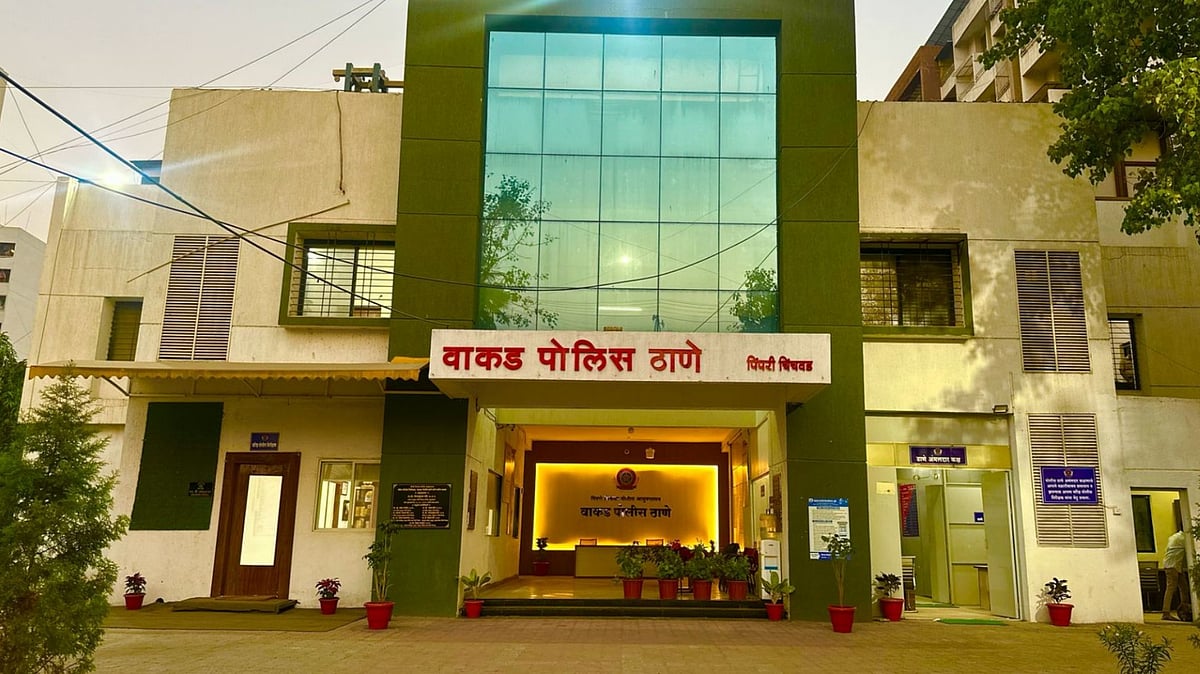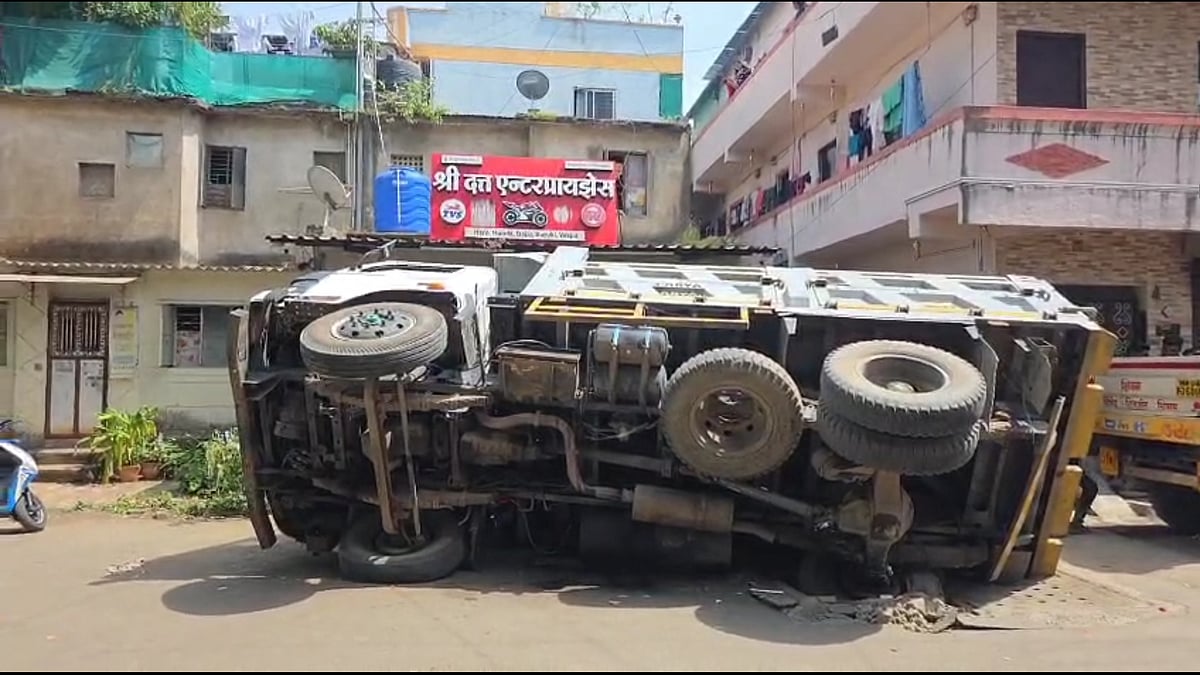Even as Maharashtra and the world are coming to terms with a minor COVID-19 surge currently, COVID-19 viral presence has been detected across all 10 sewage treatment plants in the city since early May.
As per the report by TOI, patterns that resemble the early build-up phases observed before previous surges have been found in wastewater surveillance by CSIR–National Chemical Laboratory (NCL).
A scientist working with NCL told the newspaper that from May 6 onwards, all STPs are showing positive results for SARS-CoV-2 via RT-PCR.
What Is Wastewater Surveillance?
Wastewater tracking, which became well-known during the COVID-19 pandemic, has now become an important method to monitor public health. Its benefits go far beyond just tracking the coronavirus.
Over the last three years, this method has helped health officials get early signs of virus spread, especially in places with limited resources. Instead of testing people individually, it checks sewage water, which gives an idea of how many people might be infected in a large area.
Infected individuals shed the virus in their waste. By collecting and testing sewage samples, scientists can detect the virus's presence, track whether infections are rising or falling, and even monitor which variants are circulating.
India’s first citywide wastewater surveillance system was set up in Bengaluru in May 2021 by the Precision Health Platform, working with government partners. In Pune, the CSIR-National Chemical Laboratory (NCL) is the only institute conducting regular wastewater testing across all 10 sewage treatment plants in the city. This system helped predict earlier waves of COVID-19, including the spread of the Omicron variant.
Now, the platform is expanding its focus to include other diseases like Influenza A, B, H1N1, and Mpox. It is also checking for the presence of pharmaceutical chemicals and antibiotic resistance genes. There are plans to extend this program to 25 more cities in India and South East Asia.
Traditional disease detection methods often rely on symptoms, doctor visits, and lab tests, which can be time-consuming and expensive. Testing each person individually isn’t always practical in large populations.
Wastewater surveillance is faster and more affordable. By testing a few water samples, scientists can monitor the health of thousands of people. This method helps detect outbreaks early, locate high-risk areas, and prepare better responses.
Dashboards based on this data can help inform the public and guide health decisions before diseases become widespread.












